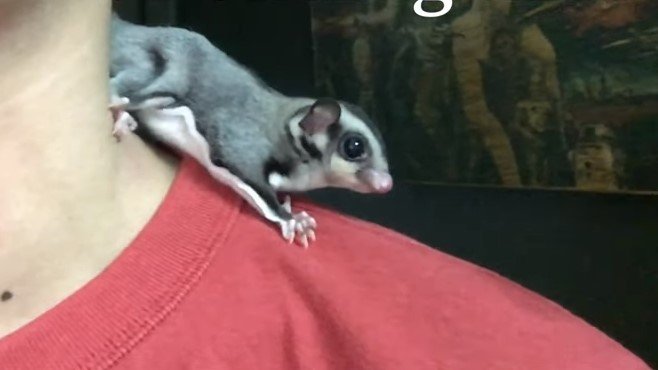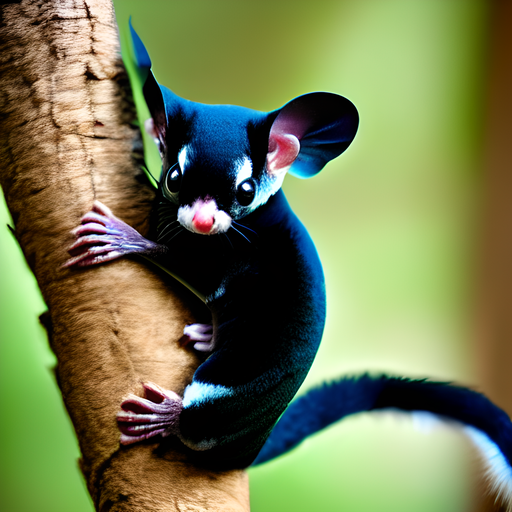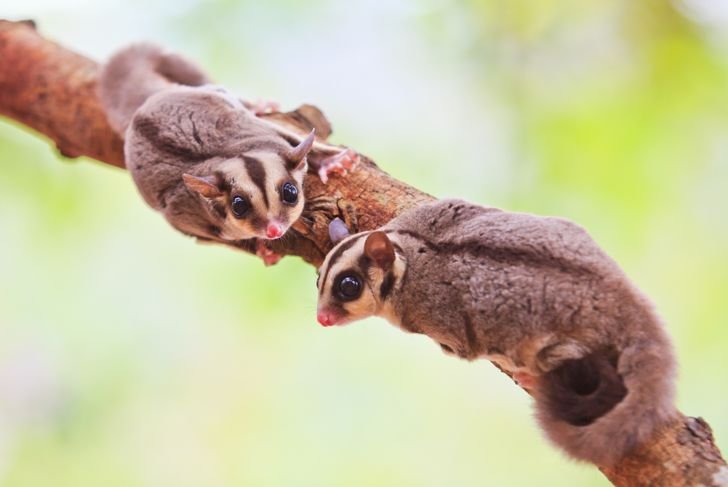Why Sugar Glider Barking
Why Sugar Gliders Bark
Sugar gliders are small, nocturnal marsupials native to Australia, New Guinea, and the Indonesian islands. These adorable creatures are known for their unique ability to glide through the air using a patagium – a membrane that stretches from their wrists to their ankles. While sugar gliders are generally quiet and docile animals, there may be instances when they start barking. But why do sugar gliders bark? In this article, we’ll explore the reasons behind this behavior and how you can address it.
Understanding Sugar Glider Behavior
Before we dive into the reasons why sugar gliders bark, it’s crucial to understand their behavior in the wild and in captivity. Sugar gliders are highly social animals that live in groups, known as colonies or tribes, in their natural habitat. They communicate with each other through a variety of vocalizations, including barking, chirping, and chattering.
In captivity, sugar gliders typically form strong bonds with their human owners and other gliders. However, their instincts and natural behavior patterns still prevail. This means that they may display certain behaviors, such as barking, even in a domesticated setting.
Reasons Why Sugar Gliders Bark
1. Territorial Behavior:
Sugar gliders are naturally territorial animals. They mark their territory using scent glands located on their chest and head, as well as through vocalizations. When they perceive a potential threat to their territory, such as the presence of another animal or a loud noise, they may start barking as a warning sign.
2. Attention Seeking:
Like many other pets, sugar gliders may bark to get your attention. They are social animals that thrive on interaction and companionship. If they feel neglected or lonely, they may resort to barking as a means of communication, hoping to engage with their owners or fellow gliders.
3. Fear or Anxiety:
Sugar gliders can experience fear or anxiety in certain situations. Common triggers include unfamiliar environments, loud noises, or sudden movements. When they feel threatened or uneasy, they may bark as a defensive response to ward off potential dangers.
4. Hunger or Thirst:
Barking can also be a sign of hunger or thirst in sugar gliders. If they haven’t been provided with enough food or water, they may vocalize their needs to alert their owners.
5. Discomfort or Pain:
In some cases, sugar gliders may bark if they are experiencing discomfort or pain. Dental issues, infections, or injuries can cause them to vocalize their distress. If you notice excessive barking accompanied by other signs of illness or discomfort, it’s essential to seek veterinary care.
Addressing Sugar Glider Barking
Now that you have a better understanding of why sugar gliders bark, let’s explore some strategies to address this behavior:
1. Provide Sufficient Attention and Socialization:
Sugar gliders thrive on social interaction and companionship. Spend quality time with your glider, providing them with mental stimulation, playtime, and opportunities to interact with other gliders if possible. This can help alleviate their need for attention and reduce excessive barking.
2. Create a Comfortable Environment:
Ensure that your sugar glider’s enclosure is set up to meet their needs. Provide them with plenty of space to glide, climb, and explore. Offer a variety of toys, branches, and nesting materials to keep them entertained and mentally stimulated.
3. Establish a Consistent Routine:
Sugar gliders thrive on routine and familiarity. Stick to a consistent feeding schedule and provide them with a balanced diet that meets their nutritional requirements. Avoid sudden changes in their environment or daily routine to minimize stress and anxiety.
4. Address Potential Triggers:
Identify and address any potential triggers that may be causing your sugar glider to bark. For example, if loud noises seem to startle them, try to create a calm and quiet environment for them to feel safe. Gradual desensitization techniques can help them become more comfortable with specific triggers over time.
Frequently Asked Questions
Q: Can sugar gliders be trained not to bark?
A: While it may be challenging to completely eliminate barking, you can work on reducing it through positive reinforcement training and addressing the underlying causes.
Q: How can I tell if my sugar glider is in pain?
A: Look out for signs of distress, such as changes in behavior, loss of appetite, difficulty moving, or excessive grooming in specific areas. If you suspect your glider is in pain, consult a veterinarian.
Q: Is barking in sugar gliders normal?
A: Yes, barking is a natural behavior in sugar gliders. However, excessive or prolonged barking may indicate an underlying issue that needs to be addressed.
Q: Can I use a bark collar to stop my sugar glider from barking?
A: No, bark collars are not suitable for sugar gliders. They can be harmful and cause unnecessary stress and discomfort to your glider.
Final Thoughts
Barking is a natural behavior in sugar gliders and serves as a means of communication. By understanding the various reasons behind their barking and addressing their underlying needs, you can help create a harmonious environment for your sugar glider. Remember to provide them with attention, socialization, and a comfortable habitat. If you have concerns about their barking or overall well-being, consult a veterinarian or an experienced sugar glider owner for guidance.







